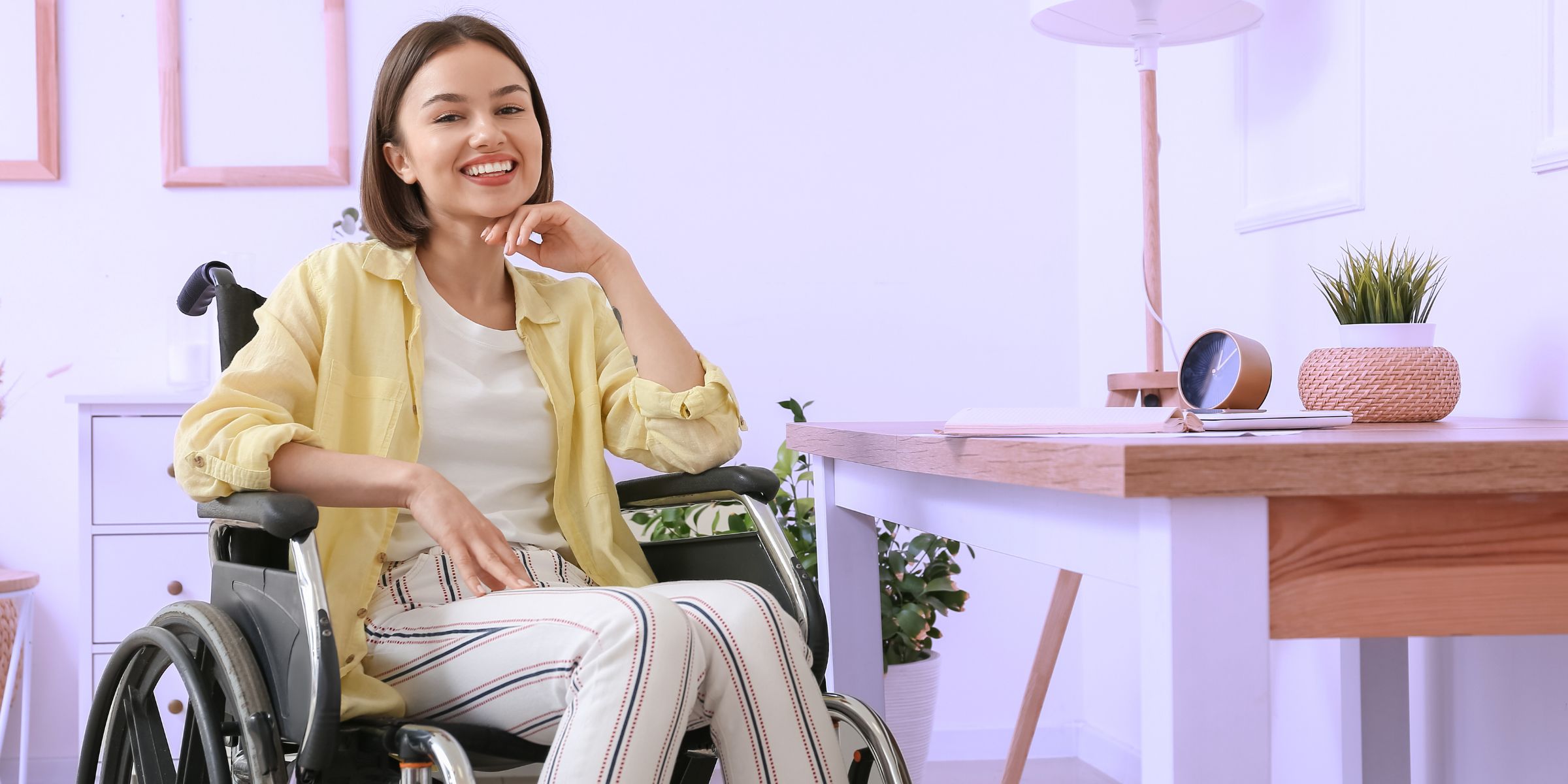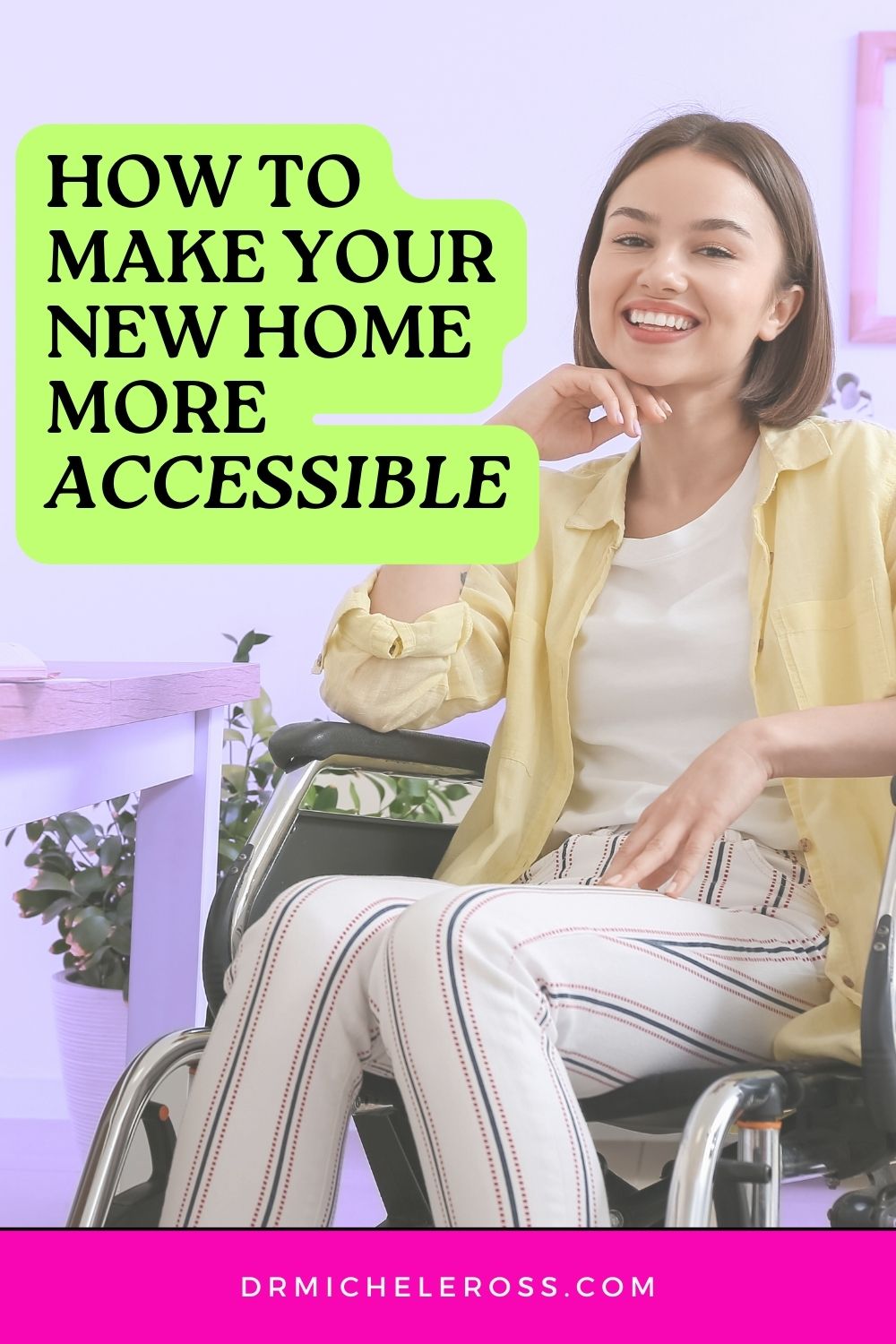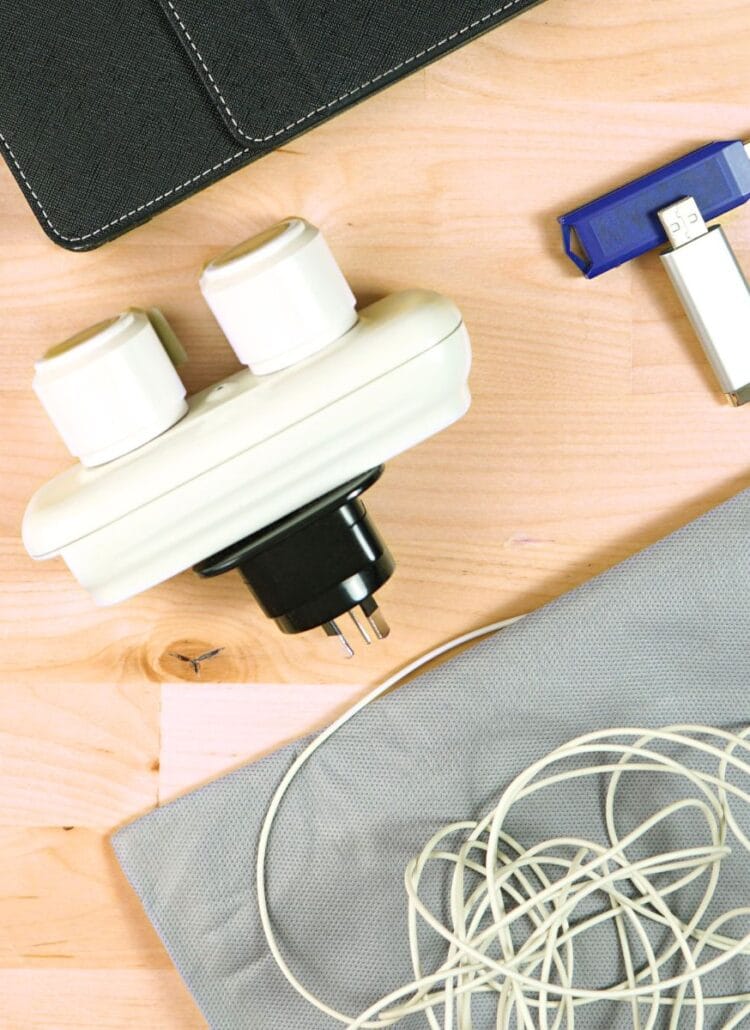
If you’re someone that has accessibility needs, it can be daunting moving to a new house. You might want to move somewhere new, but knowing that it hasn’t been adapted to suit can be struggling and you might wonder just where to begin. If you’re someone who needs additional support such as with lift chairs or mobility aids and you find yourself searching for a ‘medical supply store near me‘ you might also be finding ways to help transform your new abode. In this article we take a look at some ways you can make your new home accessible and nice to be in no matter what your requirements are.
Check the Doorways
When you think of the doorways to a home, they actually present a myriad of challenges for the person trying to get in. Most doorways are too narrow to easily allow access for things such as wheelchairs or zimmer frames and as such, you’ll want to get these widened to accommodate for this. You will also want the doorframes to not have a lip at the bottom as this can be a struggle for people to get wheels over and can make it much more difficult than it needs to be. This is particularly true for the front door– you want to install a ramp if you have steps. You should also consider your door handles and ensure they’re at a realistic reach.
Think About the Stairs
Another part of the house to consider is the stairs. While it’s not unfeasible to have stairs in an accessible home, you want to add in things so people with limited mobility can easily transition from floor to floor in the home. One of the most popular things to have installed is a stairlift which can help the person get up the stairs with a chair that is attached to a rail. You can also switch to a bannister with grab rails as opposed to a solid one so there’s something to easily hold onto.
Considering Adding Grab Rails
Grab rails are another necessity to help someone get around the house. These should be installed next to the bathroom sink, toilet and in the bath or shower, as well as in the bedroom to help with manoeuvring out of bed. These will make it much easier to get around the home and help to avoid things like falls or slips as there is always something to hold onto in high risk areas.
Conclusion
These are just a few ways that you can make your home more accessible. Whether you’re changing the house because an elderly relative with limited mobility is coming, you’ve had an accident and can no longer get around like you did before, or if you’ve always required extra accessibility, these tips should help. What is some advice you have for making a home easier to navigate when you have accessibility needs? Let us know in the comments below, we’d love to hear from you.
Pin This Post





